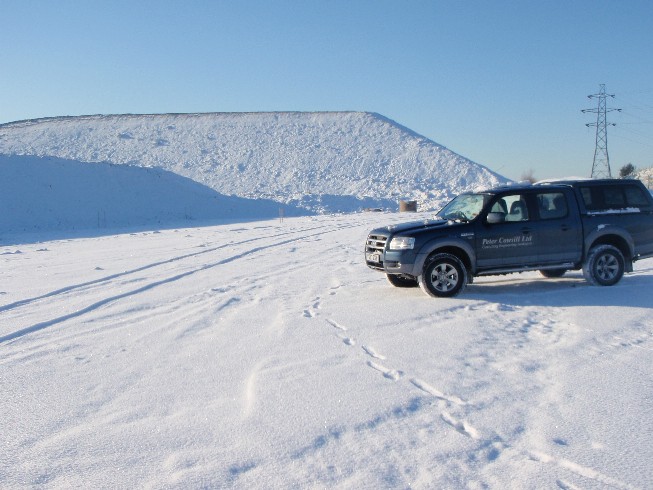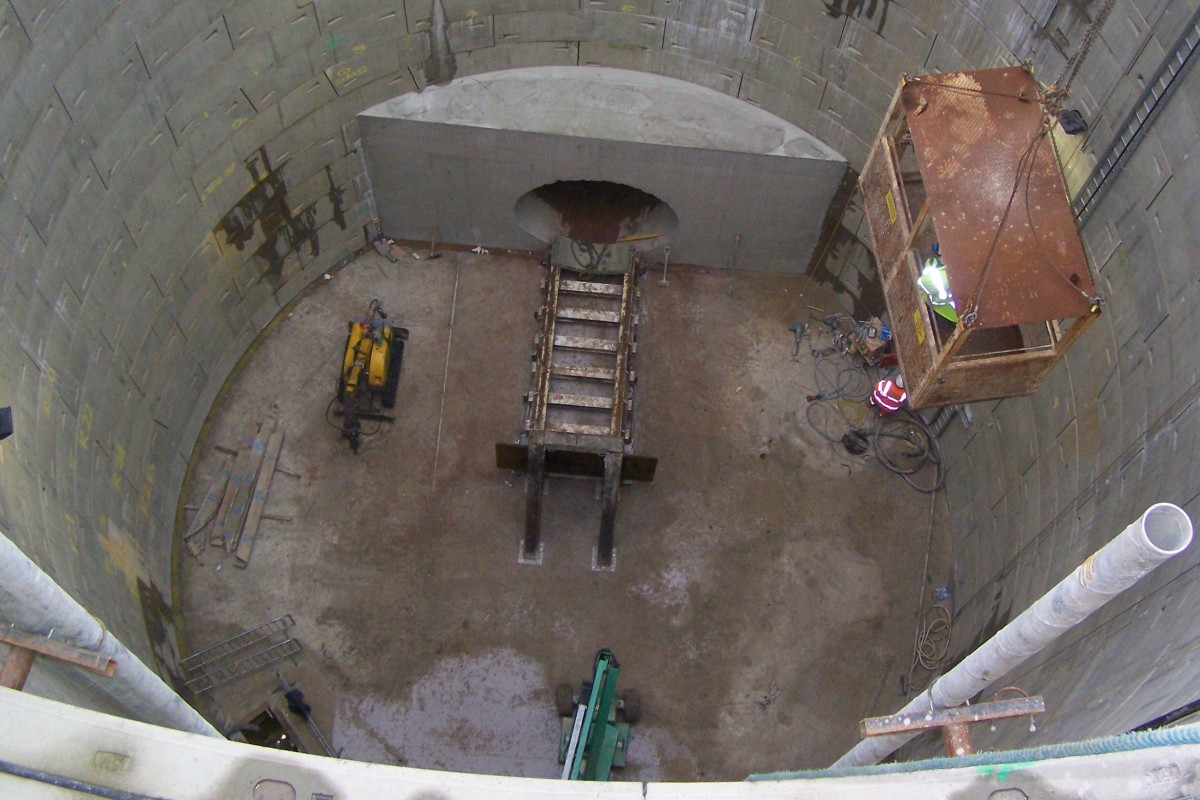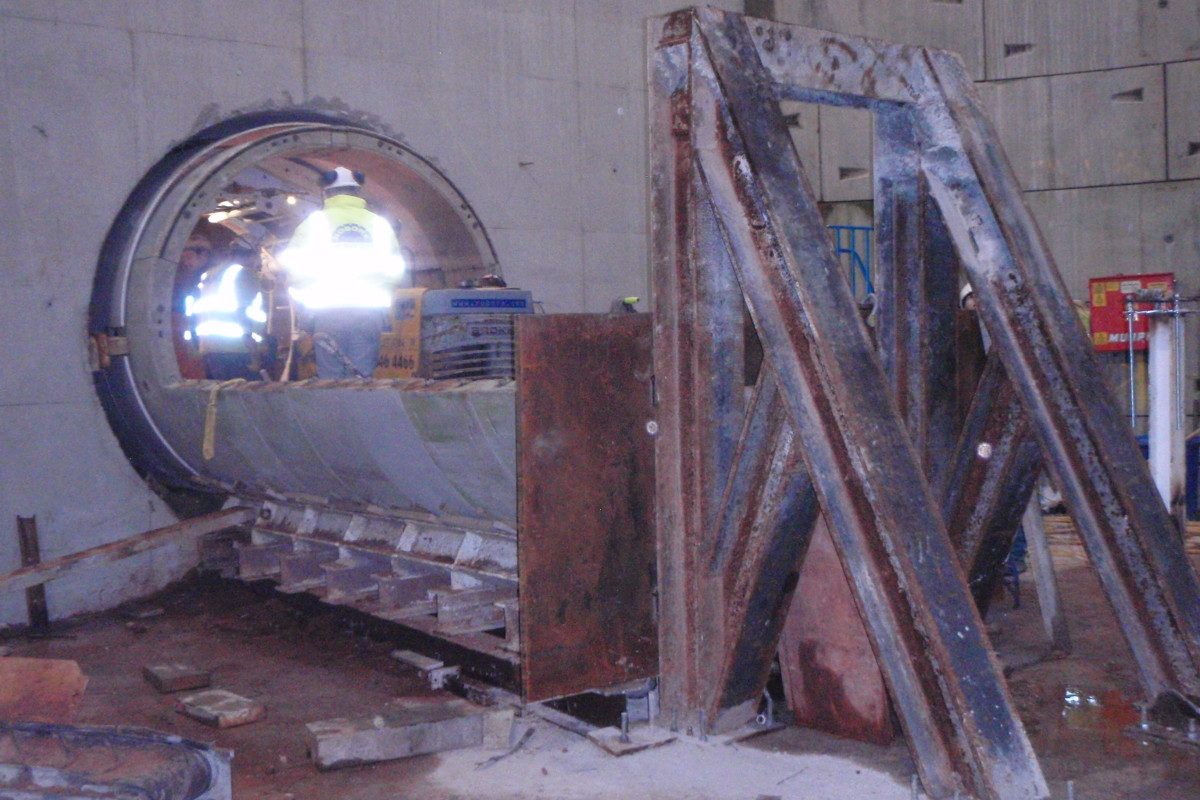Geo-Environmental Consultancy
Current legislation with regards to environmental factors, such as contamination and waste management, is under a constant state of flux. Peter Cowsill Ltd. have advised on hundreds of contaminated or potentially contaminated sites. We develop realistic solutions based on sound engineering practice, enabling economically viable development.The risk assessment process of a potentially contaminated site is a phased approach starting with a preliminary risk assessment. To assess whether or not the site is contaminated, in the context of Part IIA of the Environment Act (1990), it is necessary to consider whether contamination is present on the land, constituting a source, whether receptors for the contamination are present and if a credible route exists between the source and the receptor. Our areas of Geo-Environmental expertise include:
Conceptual Site Models (CSMs) CSMs are often required by regulatory bodies and are an iterative process based on the information gathered during phased site investigations. CSMs seek to pull together all the information collected from desk studies and / or on site to provide a coherent picture of the sub-surface environment and include Source-Pathway-Receptor Linkages which are key to assessing the risks presented by contamination. Contaminated Land and Water Risk Assessment Risk Assessments are carried out for sites where a source(s) of contamination may be present, where a pathway(s) may exist and where a receptor(s) may be identified. As with the CSM this often takes the form of a phased approach, beginning with a preliminary assessment based on the basic data gathered from initial investigations, which improves and becomes increasingly detailed, where necessary, with the data collected from site investigations. Remediation Options Appraisal Remediation options will depend on the nature of the contamination, the geology and the hydrogeology of the site and the pre-determined remedial targets for the site. The appraisals will highlight possible remediation technologies which may work for your particular site and may involve a combination of techniques to achieve the remedial target. Waste Classification In current legislation, the Environment Agency hazardous waste assessment framework is used to determine whether a waste is hazardous or non-hazardous. This classification may be required when considering the removal of potentially hazardous waste off site. The trend of taking waste to landfill has moved on in recent years due to increased financial costs, greater environmental awareness and issues of sustainability. Current practice focuses on the treatment and re-use of materials where possible. Classifying the waste is the first step in determining its management. Waste Management Managing waste created on site can be a complicated business. Peter Cowsill Ltd. is trained in the workings of the recent development industry code of practice in this area and Peter Cowsill is registered as a Qualified Person for the implementation of Materials Management Plans. |




